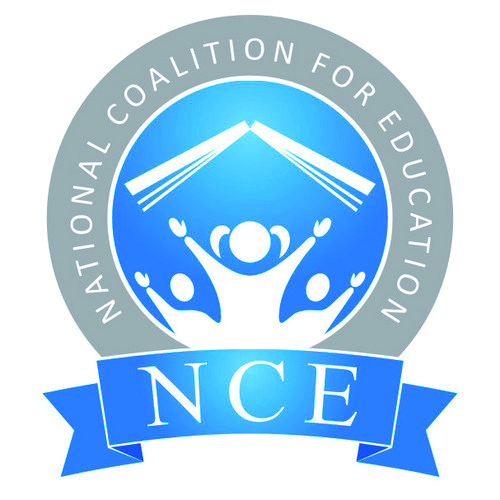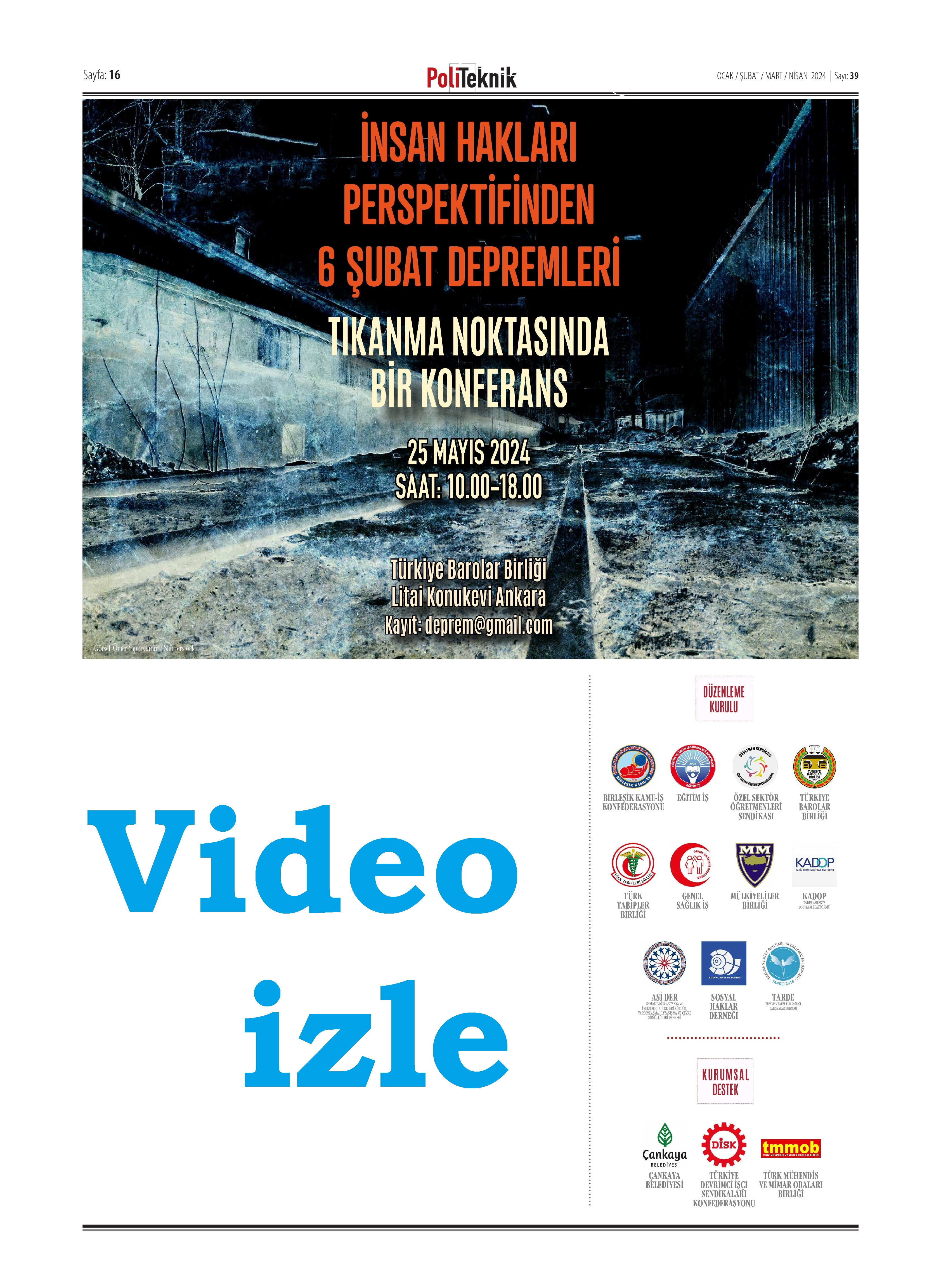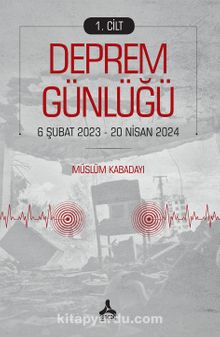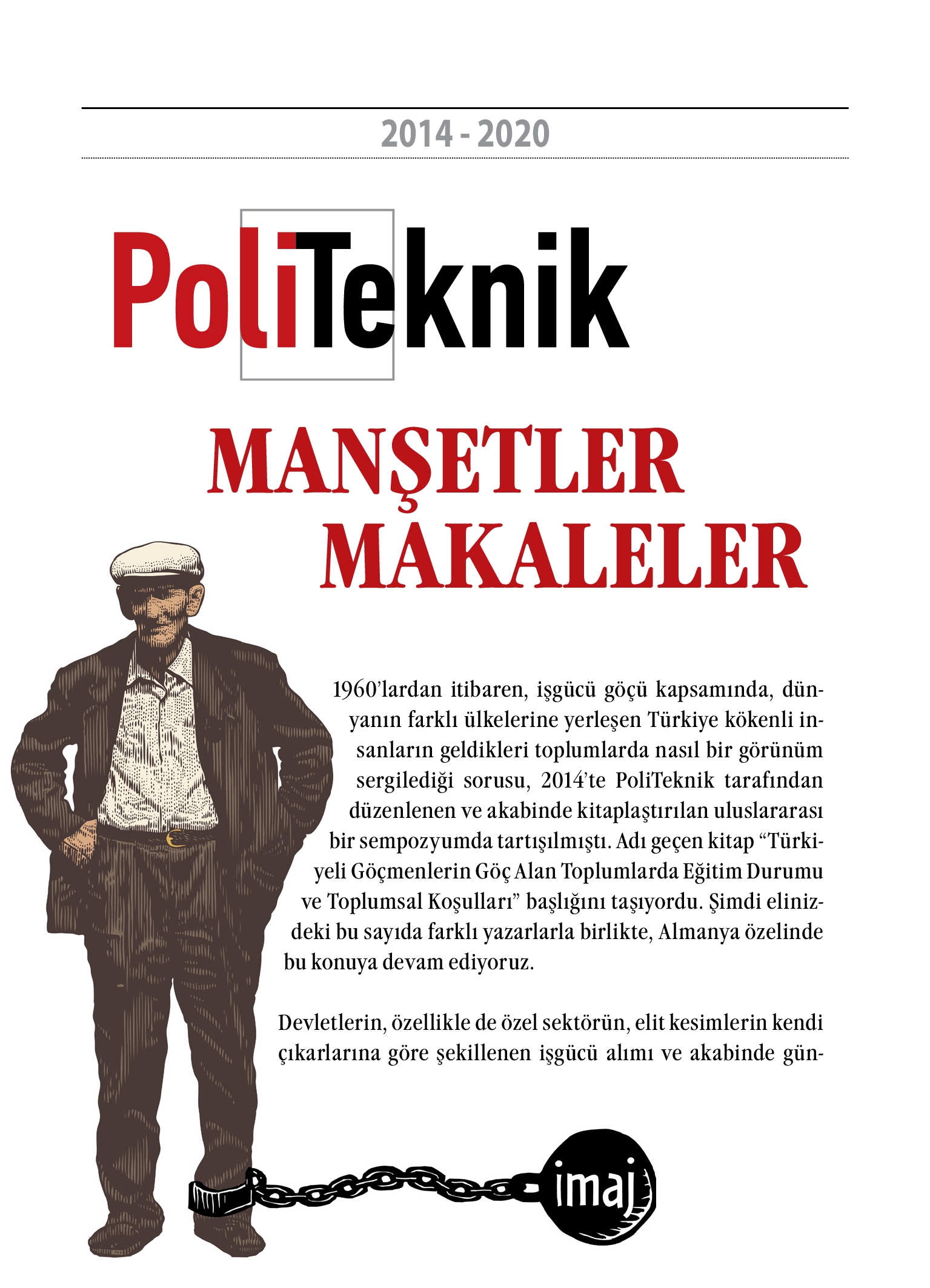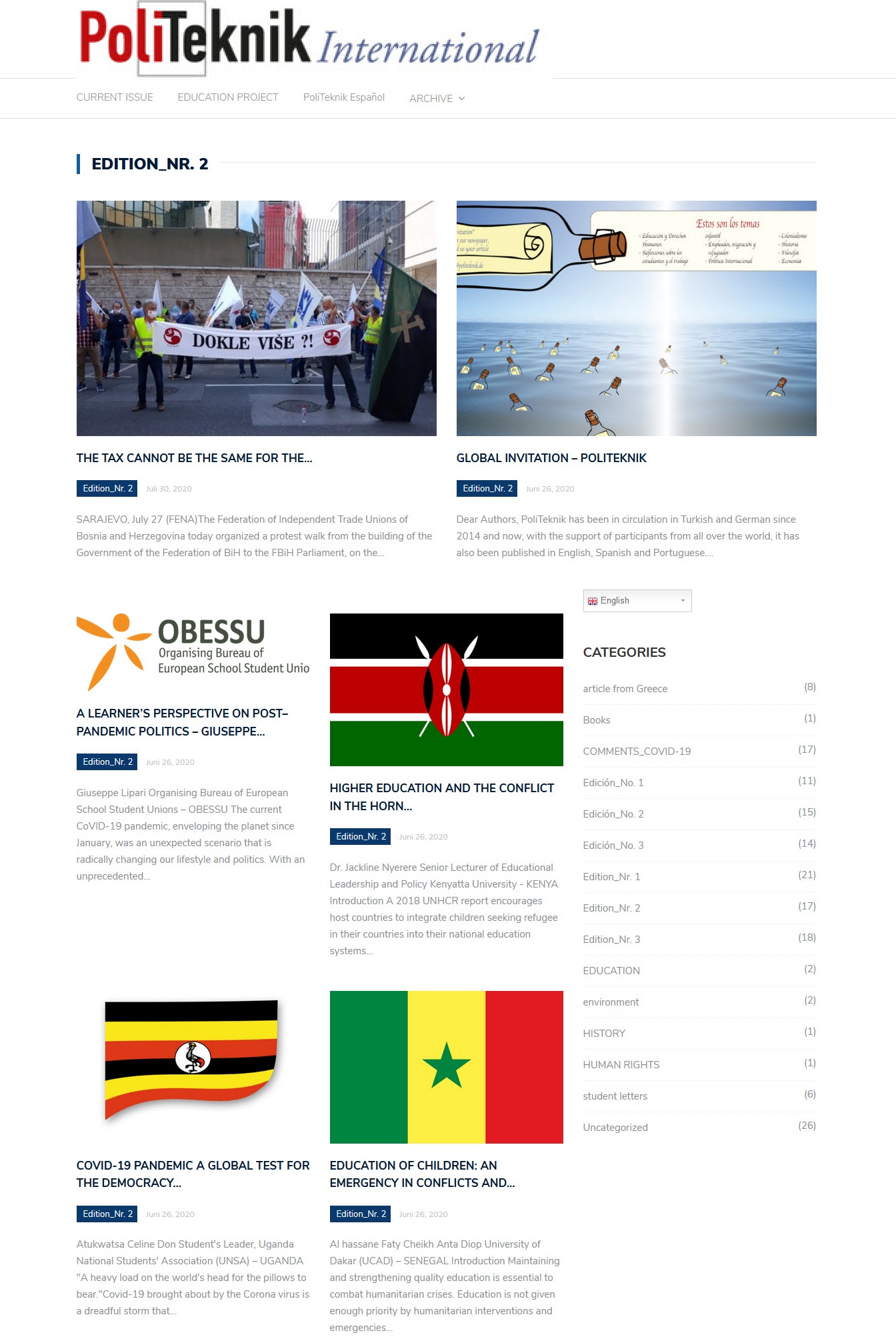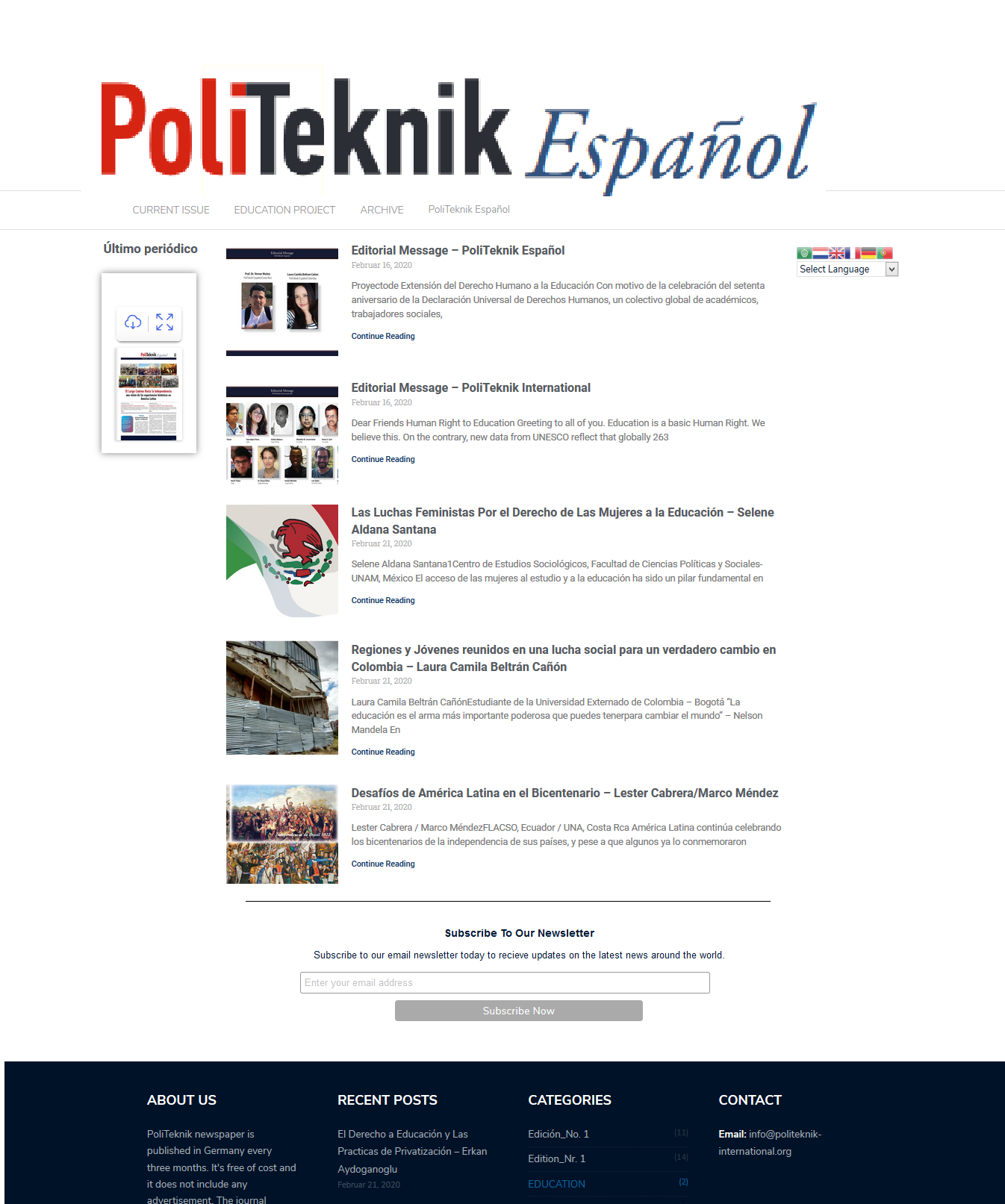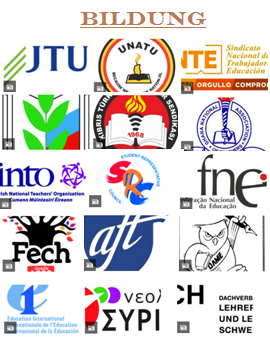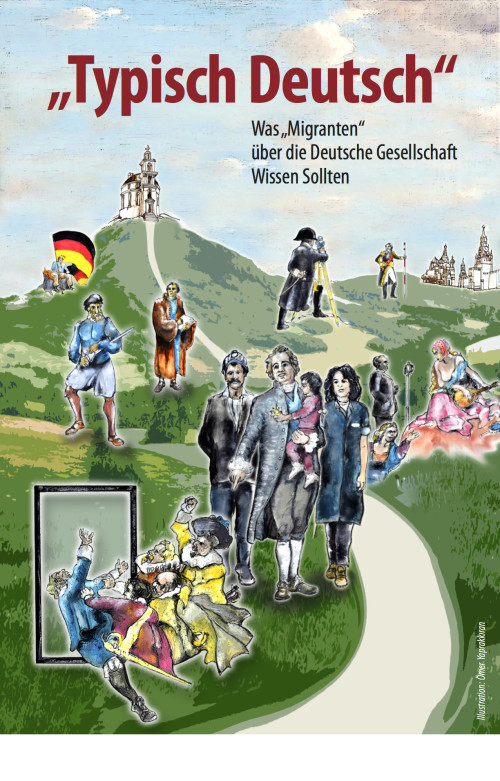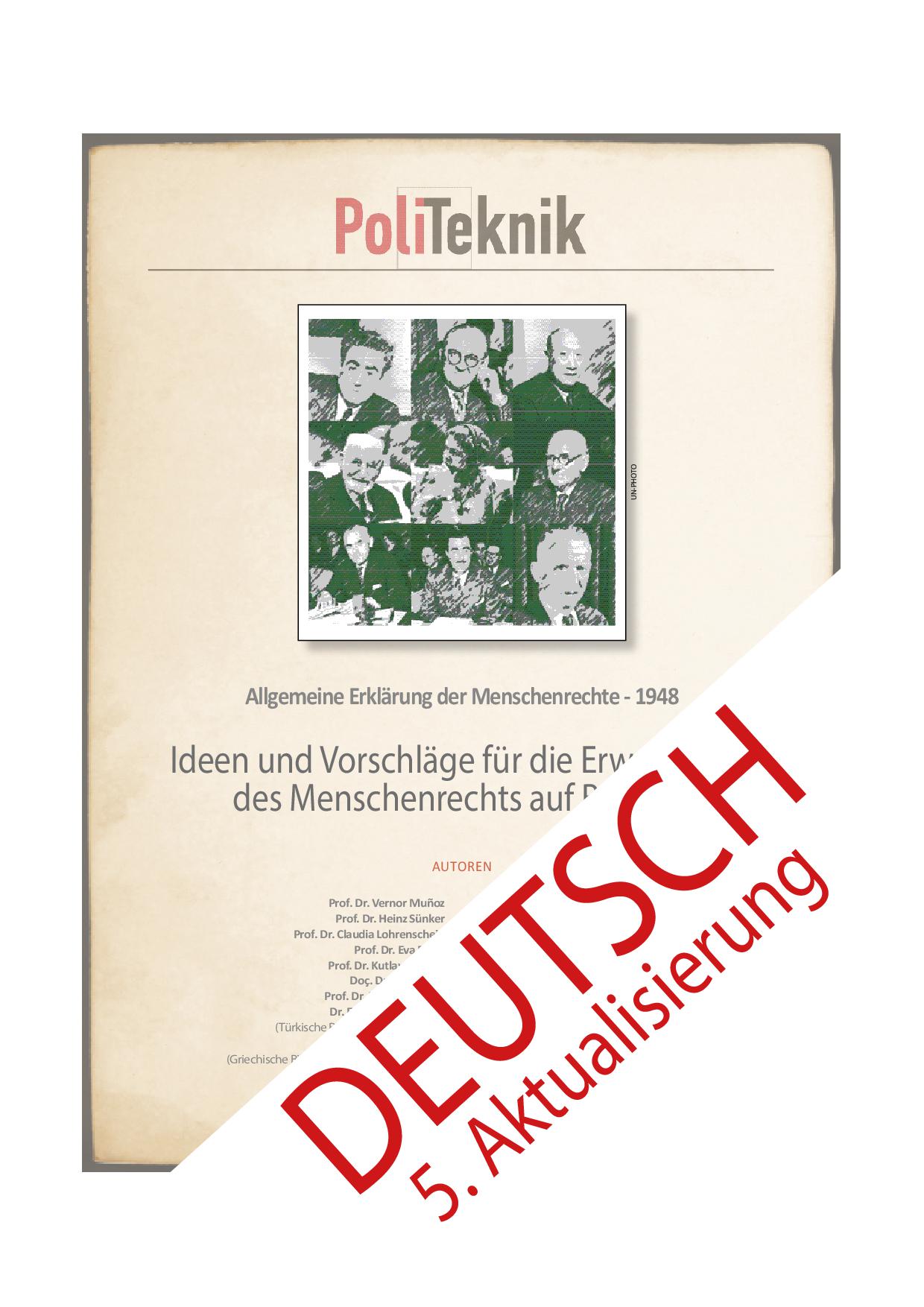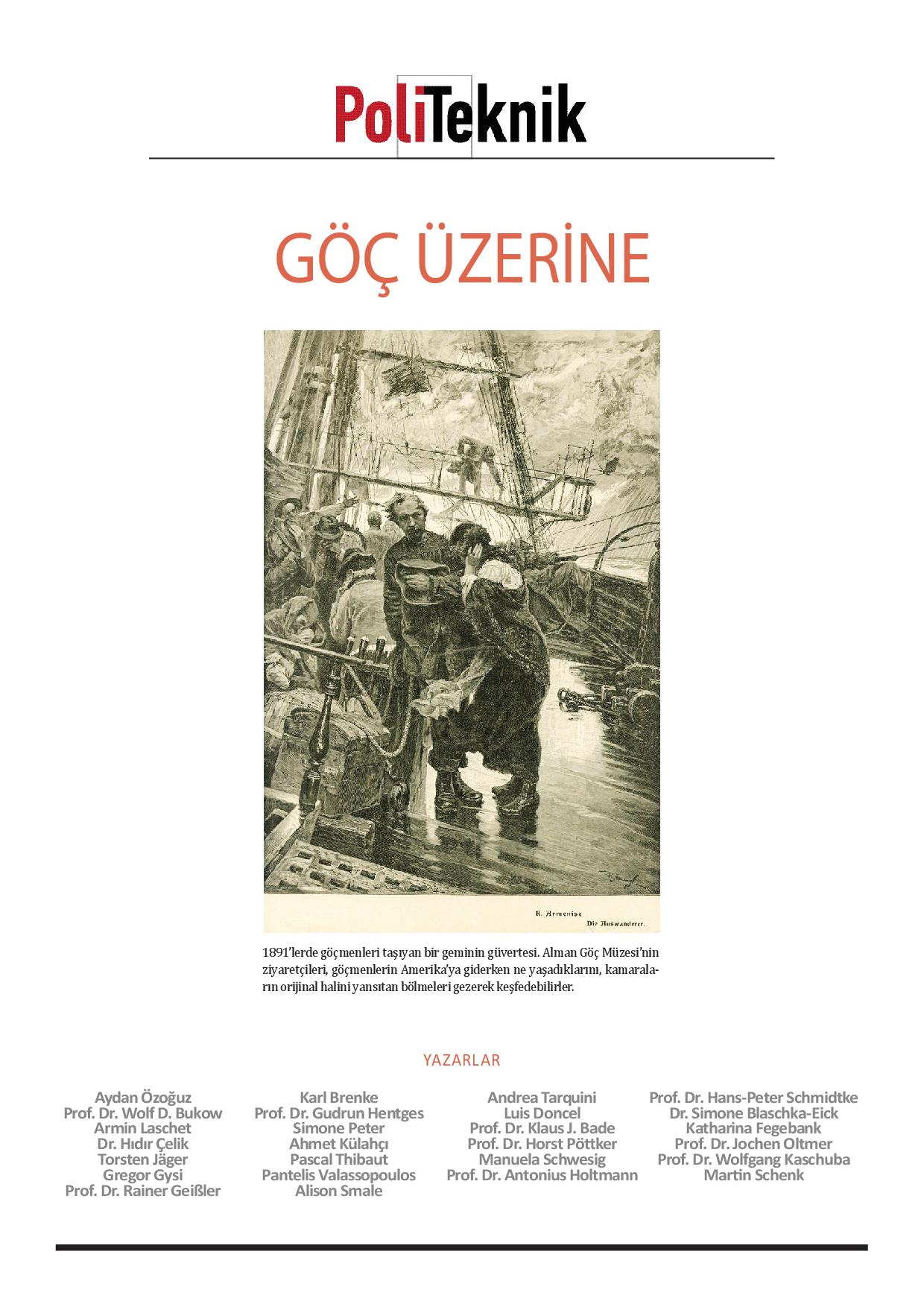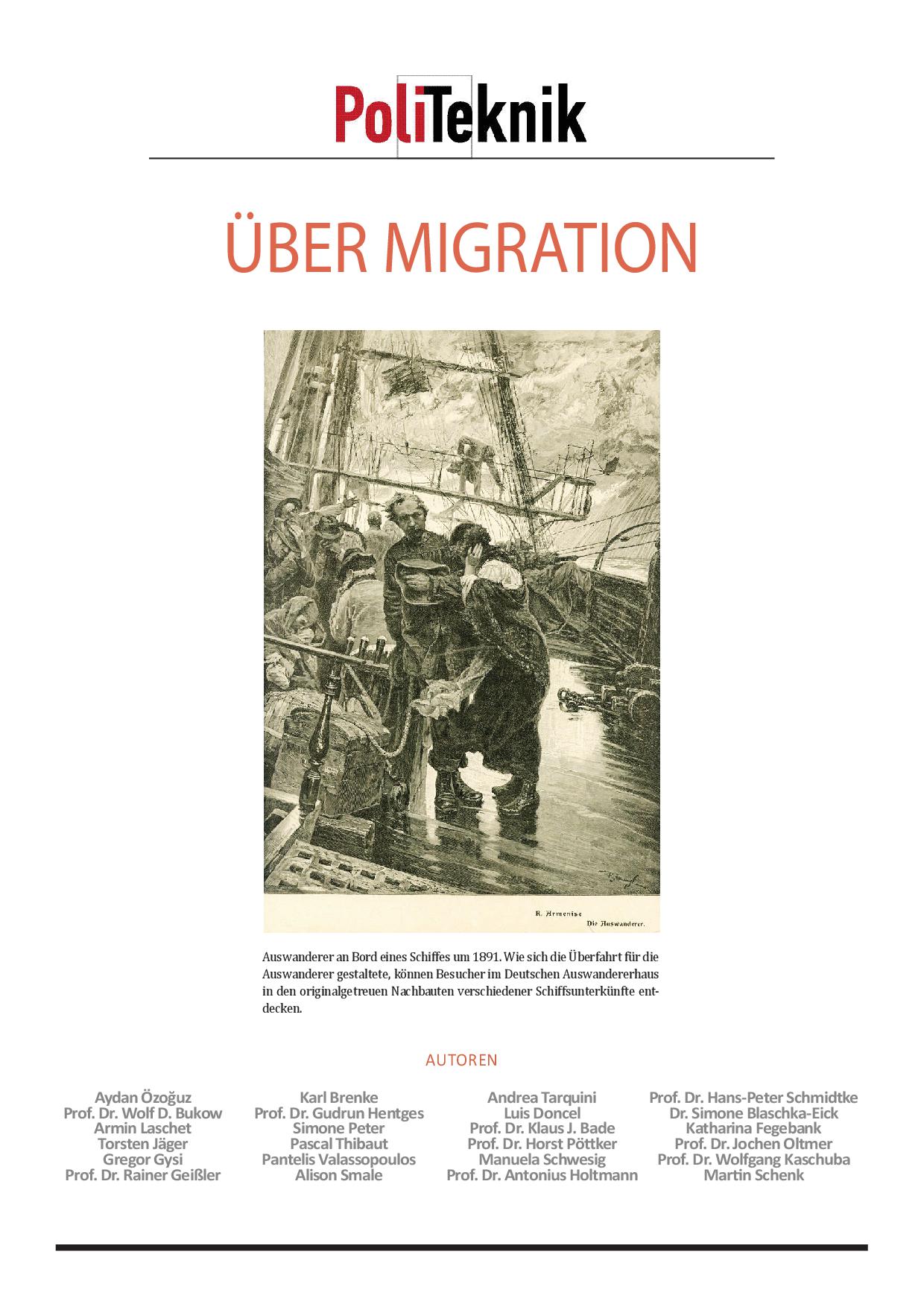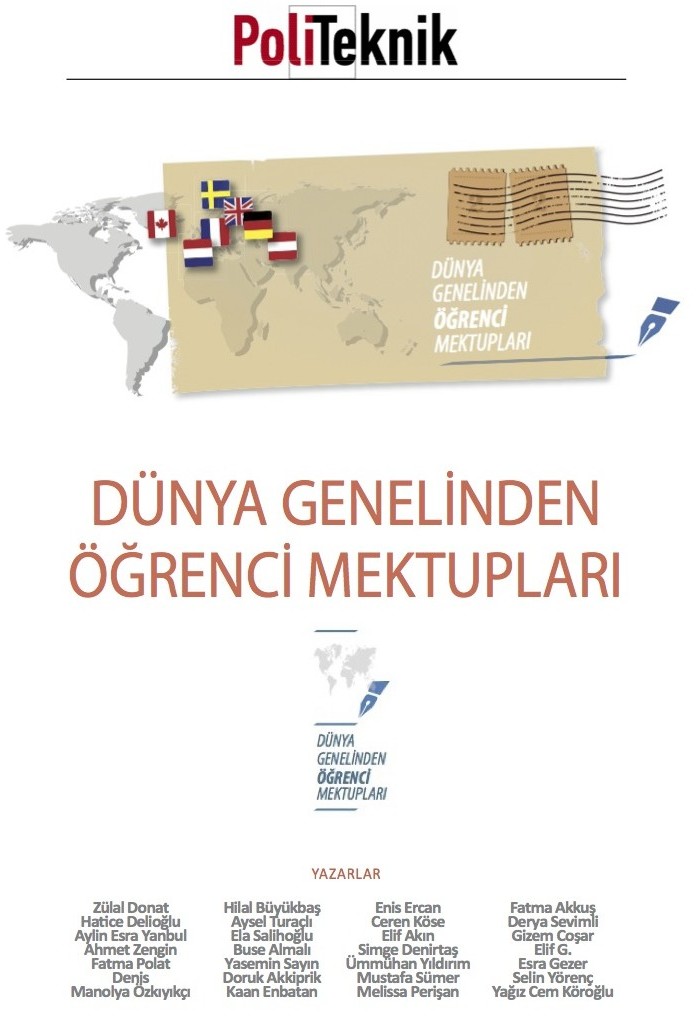SUSTAINABLE DEVELOPMENT GOAL 4; Towards inclusive and equitable quality education and lifelong learning for all.
The most ambitious six EFA goals and targets as laid down in Dakar declaration during 2000 were not fully met by most of the countries including India. Hence the unfinished agenda of Education for all (EFA) is still a concern for all of us. In May 2015 heads of the states and Ministers from 193 countries assembled in Incheon South Korea to adopt a new commitment called “Incheon Declaration.” (Education 2030) After the Incheon declaration United Nation’s general assembly adopted and firmed up Sustainable Development Goals during last September, with the participation of 193 countries. With Goal 4 of Transforming our world: the 2030 Agenda for Sustainable Development – ‘Ensure inclusive and equitable quality education and promote lifelong learning opportunities for all’ (hereafter referred to as Education 2030) – and its associated targets, the world has set a more ambitious universal education agenda for the period from 2015 to 2030. Every effort must be made to guarantee that this time the goal and targets are achieved.
Some salient feature of SDG 4
– Focus on excluded children, youth and adults. – Eliminate gender bias and discrimination.
– 12 years of free primary and secondary education – 1 year of free pre-primary education
– sustainable development § global citizenship § Human rights § Peace and non-violence
|
Some challenges and concerns:
- We are not investing enough for education. The trend in education financing is not inclusive for SDG agenda.
- Rising trend of education privatization. Mushrooming private ization in education marginalized the poor from right to education.
All these impact on the poor and marginalized; widen inequality even further; and weaken the public education system
- Unfinished Business of EFA and the MDG is has not been adequately addressed and reviewed for filling the gaps.
- In fact, we saw in the last 15 years persisting disparities and Inequalities
- SDG 10 indicates a resolve to address Inequality which h needs more attention from state.
- There is a need to Scale up advocacy engagement to ensure Equity and Inclusion in Education
- Affirmative policies &actions for girls, women, the poorest, PWDs, IPs, Dalits, Migrants, Children in Conflict/Emergency situations, other Marginalized
THE UNFINISHED GOALS OF EARLIER COMMITMENTS
During 2000 at Dakar the nations had committed to achieve six explicit ‘Education For All’ goals by 2015 as under:
- Expand early childhood care and education
- Provide free and compulsory primary education for all
- Promote learning and life skills for young people and adults
- Increase adult literacy by 50%
- Achieve gender parity by 2005 and gender equality by 2015
- Improve the quality of education
The World Education Forum 2015 organized by UNESCO (Inchon, republic of Korea, May 2015) deliberated upon both the EFA unfinished goals and post-2015 education agendas. The Forum took stock of achievements and shortfalls in the implementation of the ‘Dakar Framework for Action’. It also agreed on the incorporation of education goals and targets in SDGs, and the basic elements of a comprehensive ‘Framework for Action for education 2030’.
CHALLENGES OF PRIVATIZATION AND COMMERCIALIZATION OF EDUCATION IN INDIA
India is no exception to the world-wide trend of educational privatization, the growth of private schools, and the rise in corporate involvement in public and private schools. Until the nineties, some form of public schooling or schools run by charitable trusts and voluntary organisations were the norm. Today, India is an emerging market for the commercialization of education: global corporations like Pearson, international chains like Bridge International Academies, corporate foundations like Dell and the Bill and Melinda Gates Foundation and international consultants and venture capital firms encourage and invest in for-profit commercial ventures in the school sector especially targeted at low-income and working class communities that represents, for them, a vast untapped market. In India, the decline of public education and the concomitant growth of private education can be traced to the meager education budget that does not match demand.
India has the largest youth demographic in the world, with half of the country’s population of 1.2 billion under the age of 25, but the education budget hovers at around 3.8 percent of Gross National Product (GNP) (Government of India, 2016). Moreover, in 1968, the Indian state had committed to six percent of GNP for its education budget, a target unfulfilled to this day (Tilak, 2009, 2006). A lack of political will to finance public education has legitimated the corporate sector “solution” to and involvement in education. Second, in 1991, the Indian state launched far-reaching reforms to liberalise, deregulate, and privatise the public sector, including social sectors such as health and education (Nayyar, 2008; Venkatnarayanan, 2015). As a result, state governmentsdivested themselves from government schools, shrinking the size of the sector and adversely impacting quality. Studies show that “the government’s reduced priority toward providing sufficient resources to elementary education has indirectly increased the privatization of schools at elementary level” (Venkatnarayanan, 2015). Further, these reforms opened the door to closer integration with the global economy and expanded the service sector, especially in the information technology (IT) field that has intensified the demand for English language education. The government schools are required to teach in the native language of the student, especially at the primary level. However, in a context of changed aspirations and declining quality, government schools are perceived as an impediment to success in the new economy (Lukose, 2009; Jeffrey et al., 2008; Faust and Nagar, 2001). These economic, social and political transformations of the last two decades have led to the proliferation of private (English-medium) schools in the country.
Progress of SDG road map in India
Last February Govt of India organised a two day consultation on “Road to SDG with focus on goal 3 and 4” .This was in collaboration with Research and Information System for Developing Countries (RIS) UNDP, Ministry of External Affairs, Min of statistics and programme Implementation and NITI Ayog, World bank and various stakeholders.NITI AYOG (Successor agency of Planning Commission) has been entrusted with the role to co-ordinate ‘Transforming our world: the 2030 Agenda for Sustainable Development’ (called as SDGs).The NitiAayog is made responsible for identification of national targets and assigning them to the Ministries/Departments concerned for implementation. This will be done in consultation with MoSPI and MEA. Since SDGs are to be implemented from 2016, development of a national indicator framework for the nationally accepted goals and targets are being initiated.
The development of national indicators for SDGs are identifying of the targets relevant for India and the Ministries responsible for implementing the targets. The corresponding statistical indicators for monitoring the targets need be identified. The source of data, the periodicity and the disaggregation level, and method of data collection are to be decided upfront as also the regular flow of information on the selected indicators.
Recommendations:
- Review and redefine and develop a roadmap and a strategic plan in consultation with relevant stakeholders in order to provide effective support to national efforts toward SDG4.
- Prepare guidelines on the processes and milestones for planning, implementing and monitoring SDG4based on capacity assessments, and support the alignment of national plans with SDG4 targets
- In consultation with Teachers Unions, CSOs and other stakeholders, develop and disseminate technical guidelines for monitoring SDG4, including definitions of the indicators, data sources, and methods of data collection and analysis(UIS).
- We have strong positioning against privatization of education and emphasize education as a public good.

